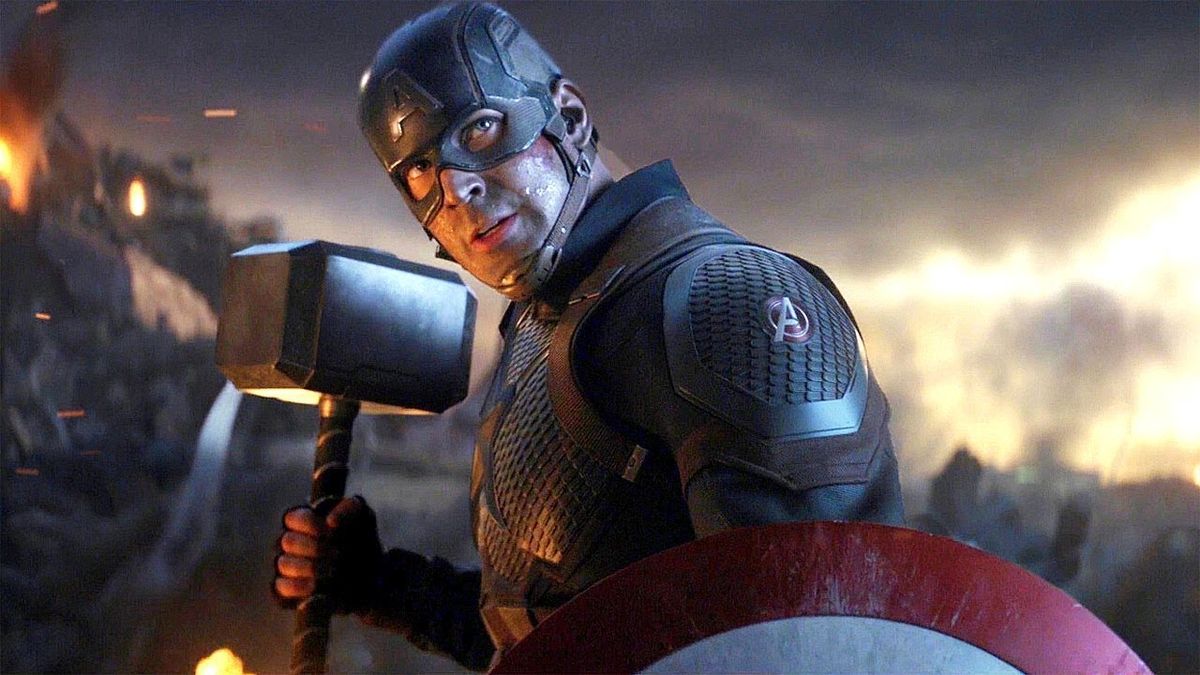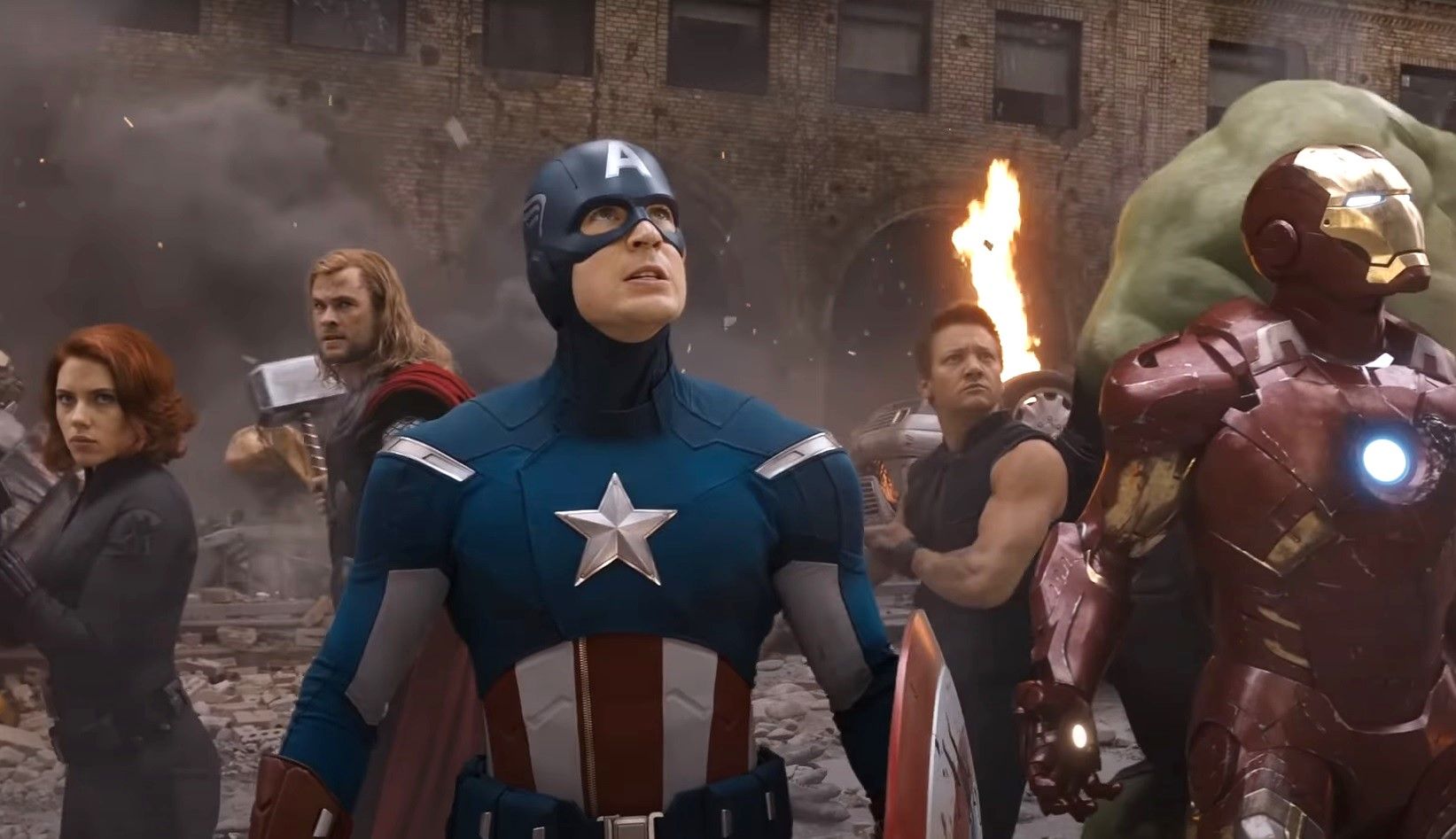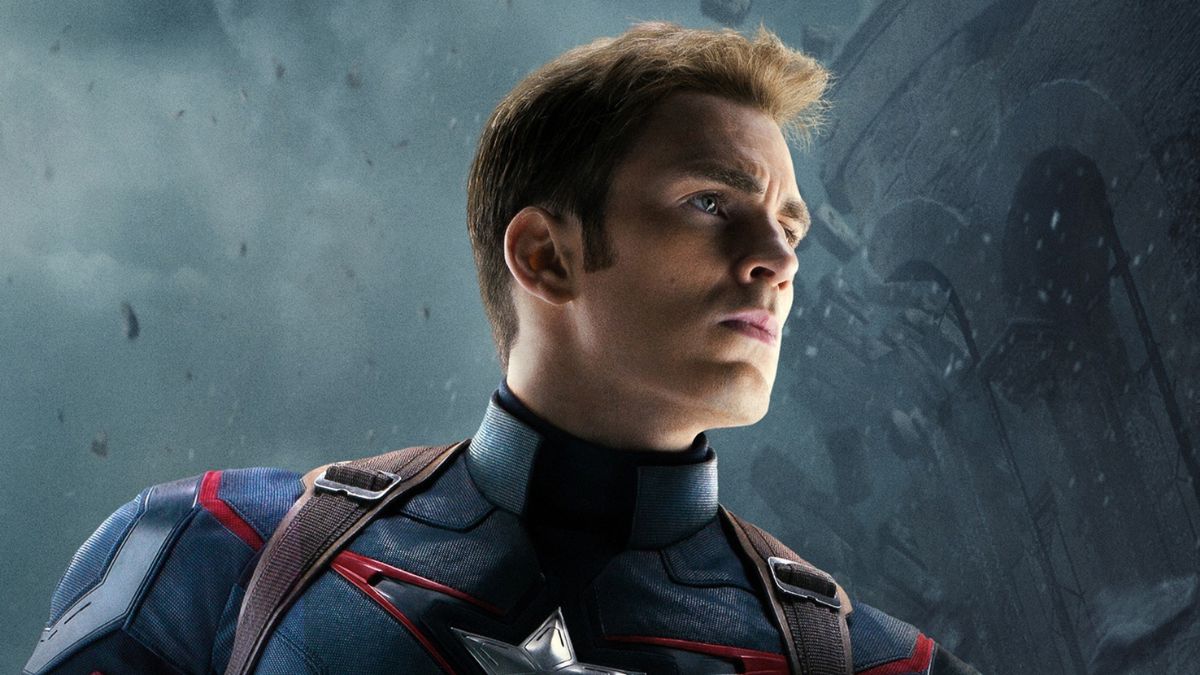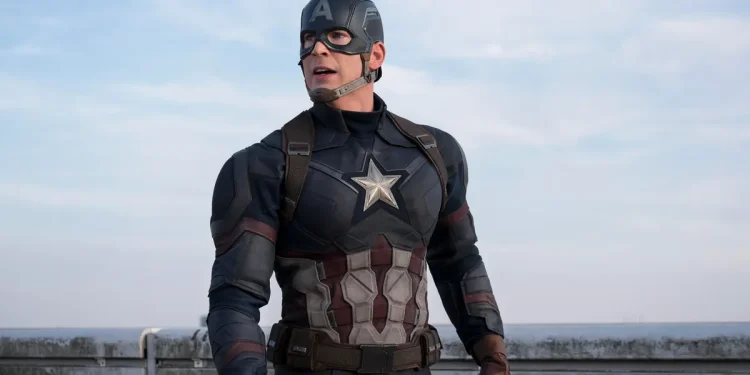In the high-stakes world of superhero cinema, every detail matters—from the script to the super suits. For Chris Evans, who has left an indelible mark on the Marvel Cinematic Universe as Steve Rogers, aka Captain America, adapting the iconic costume for film involved more than just aesthetics; it was about harmonizing the suit with his striking physique. This adjustment not only reflected a commitment to character integrity but also underscored the meticulous attention to detail that defines blockbuster filmmaking.

The Challenge Behind Captain America’s Cowl
Originally, Captain America’s costume featured a distinctive cowl in the comics that covered the top of his head, extending over his ears, and was connected to a domino mask. This ensemble left his chin and upper face exposed, emphasizing his fearless demeanor. However, Chris Evans’ well-defined jawline presented a unique challenge to the costume designers. The strong facial features of Evans made the traditional mask seem less than perfect, leading to a pivotal change.
Designer Ryan Meinerding and director Joss Whedon initially experimented with a version of the cowl that exposed Evans’ ears. Yet, it didn’t sit right with the aesthetic they aimed for. The Marvel team, including costume designer Alexandra Byrne, decided to innovate beyond the comic book’s original design. As revealed in the upcoming book by Jason Surrell, ‘Marvel Studios’ The Infinity Saga—The Avengers: The Art of the Movie’, the decision was made to adapt the cowl to better suit Evans’ facial structure.
These variations were done to cover Cap’s ears,” Meinerding noted, as reported by Slash Film. “We were treating the cowl as the same material as the costume, but these revisions were aimed at bringing the helmet look back from ‘First Avenger’ while covering the ears.

This redesign not only suited the practicalities of film but also highlighted Evans’ jawline, which Whedon wanted prominently displayed without the need for a chin strap.
Crafting the Superhero Physique: Chris Evans’ Transformation
The role of Captain America demanded a superhero physique, which Chris Evans achieved through an intensive regimen under the guidance of Hollywood trainer Simon Waterson. Known for sculpting Daniel Craig for his role as James Bond, Waterson was well-equipped to transform Evans into the super soldier. According to Men’s Health, Evans underwent a comprehensive training program focusing on upper and lower body strength, supplemented by a protein-rich diet and strategic supplements.
This transformation was so effective that visual effects were needed to portray Steve Rogers before his transformation into Captain America. The visual effects team at Lola Visual Effects employed cutting-edge CGI to create the pre-transformation skinny appearance of Rogers, with actor Leander Deeny serving as the body double for these scenes.
A Cinematic Legacy Continues
The careful recalibration of Captain America’s costume and the detailed physical preparation by Chris Evans underscore the complex interplay between actor and character in superhero films. These behind-the-scenes efforts contribute to the authenticity and appeal of the character, ensuring that the portrayal resonates with audiences and remains true to its comic book origins.

Captain America’s journey, marked by such detailed craftsmanship and dedication, continues to captivate fans worldwide, with ‘Captain America: The First Avenger’ still available for streaming on Disney+. As the Marvel Cinematic Universe evolves, the stories behind the screen remain as compelling as those on it, celebrating the artistry and effort that bring our favorite heroes to life.
This exploration of character design and actor preparation offers a glimpse into the intricate process of movie-making, where every detail contributes to the storytelling, making it an unforgettable experience for viewers. As the industry moves forward, the legacy of characters like Captain America serves as a testament to the creative collaboration that drives the world of cinematic superheroes.









